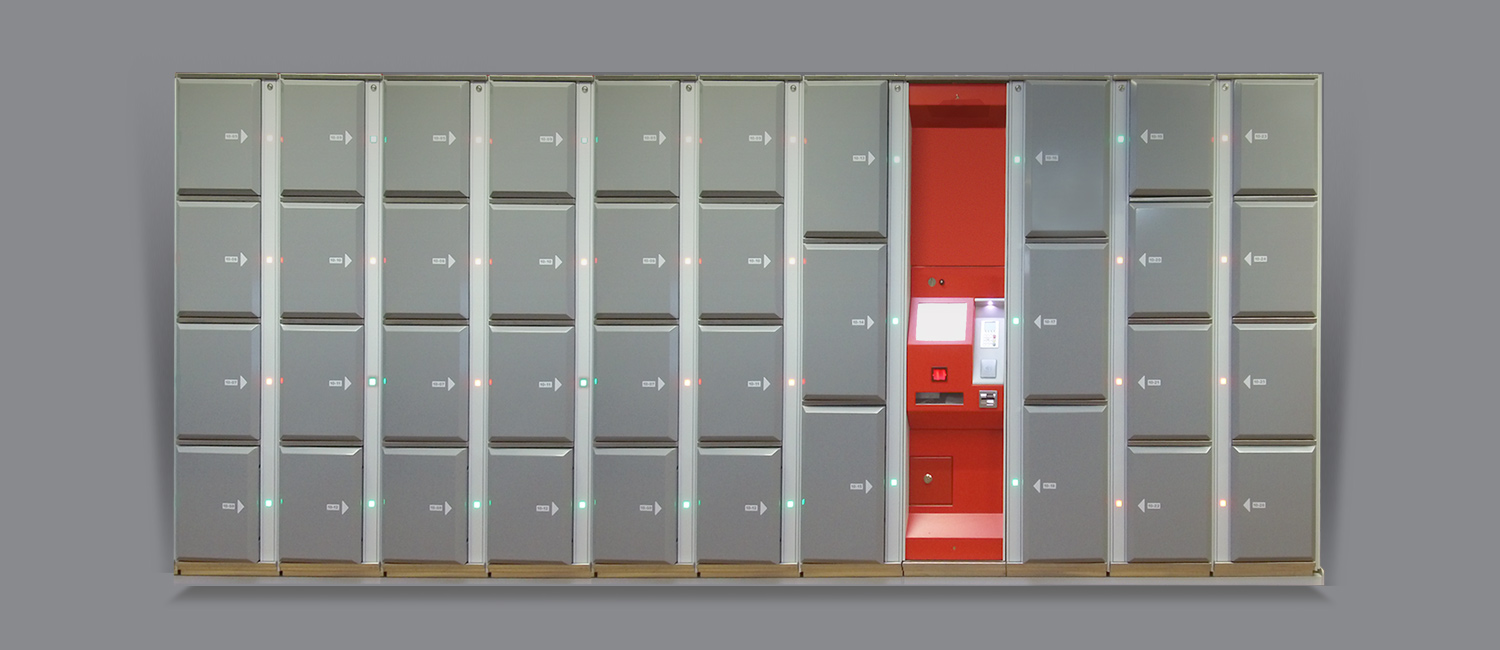Smart lockers have emerged as a modern solution for secure storage and efficient package delivery in various settings, including offices, residential buildings, and retail spaces. With the growing emphasis on security and convenience, the question arises: can retail smart lockers be seamlessly integrated with existing access control systems? Let’s delve into this topic to explore the possibilities and implications.
The retail smart lockers, equipped with advanced technology such as biometric scanners, RFID readers, and IoT connectivity, offer a secure and convenient way to manage packages, parcels, and valuable items. They eliminate the need for traditional lock-and-key systems, providing users with a seamless and contactless experience. Access control systems, on the other hand, regulate entry and exit to secured areas, ensuring only authorized individuals can access specific resources or facilities.
Integration of Smart Lockers with Access Control Systems
Integrating smart lockers with existing access control systems presents several benefits. Firstly, it enhances security by extending access control measures to locker facilities, ensuring only authorized users can retrieve their belongings. Secondly, it streamlines administrative tasks by centralizing access permissions and activity logs within a unified system. However, integration may pose challenges such as compatibility issues and interoperability concerns between different hardware and software components.
Technical Aspects of Integration
Successful integration requires careful consideration of technical aspects such as compatibility requirements and connectivity options. Smart lockers must be compatible with the protocols and standards supported by existing access control systems. Moreover, seamless connectivity is essential to facilitate real-time communication and data exchange between the two systems.
Implementation Process
The implementation process typically involves several steps, including system assessment, configuration, testing, and deployment. Collaboration between vendors and stakeholders is crucial to ensure a smooth transition and minimize disruptions to daily operations. Additionally, training and support are essential to familiarize users with the integrated system and address any issues that may arise.

Security Measures
Security is paramount when integrating smart lockers with access control systems. Measures such as encryption, multi-factor authentication, and audit trails help protect sensitive data and prevent unauthorized access. Physical security measures, such as tamper-evident designs and surveillance cameras, further enhance the overall security posture.
Cost Considerations
While the initial investment in integrating smart lockers with access control systems may be significant, the long-term benefits outweigh the costs. Increased efficiency, reduced administrative overhead, and enhanced security contribute to cost savings and a higher return on investment over time.


